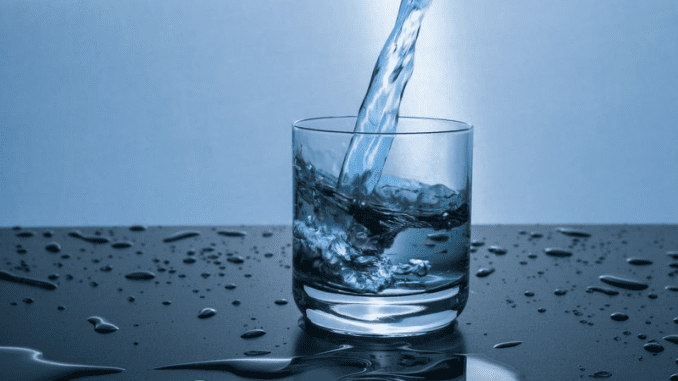
Tuesday saw the announcement of the Non-financial Census of Municipalities (NFCM) 2022 results by Stats SA General Risenga Maluleke.
Between the fiscal years 2021 and 2022, there was an increase in the number of consumer units getting services from municipalities.
Water had the largest percentage rise (5,9%) throughout the study period, followed by solid waste management (1,6%), electricity (1,7%), sewerage and sanitation (3,7%), and water (1,9%).
According to Maluleke, “the number of consumer units that municipalities serviced that received water was 14.488 million in 2021; now, they are sitting at 15.338 million in 2022.”
“The increase is by 5.9%, it is the same with free basic water,” he stated.
Maluleke also disclosed that the number of impoverished homes in the nation has increased.
Estimates for the 2021–2022 fiscal year state that 2,6 million families were considered impoverished by municipalities.
This is an increase of 1.8% over the preceding fiscal year.
Among the indigents that were identified, 2,1 million impoverished homes benefited from the water indigence support system, and 1,8 million benefited from the municipally provided electrical indigence assistance.
According to Maluleke, the indigent support systems for solid waste management and sewerage and sanitation served 1,6 million and 1,9 million impoverished households, respectively.
“There were 12.7 million consumer units that received energy; that number increased by 1.7% to 12.9 million. 1.9 million of the 12.9 million people who received power did so as a free basic service. These numbers increased by 4.4% from 2021 to 2022, while the number of impoverished people increased by 6% from 1.7 million in 2021 to 1.8 million in 2022, according to him.
Leave a Reply